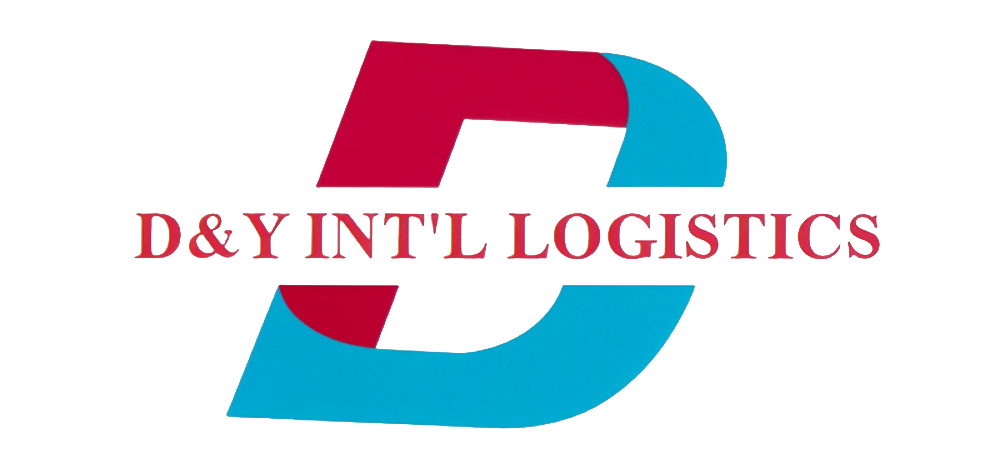Strategic Warehouse Selection: A Guide to Optimizing Your Supply Chain
Selecting the perfect warehouse for your inventory is a critical business decision that can significantly impact your company's operational efficiency, customer satisfaction, and bottom line. With the rapid evolution of supply chain dynamics and growing customer expectations, making an informed warehouse selection has become more crucial than ever. This comprehensive guide will help you navigate through the essential factors and considerations in choosing a warehouse that aligns perfectly with your business needs.

Key Factors in Warehouse Selection
Location and Accessibility
The geographical location of your warehouse plays a pivotal role in your overall supply chain effectiveness. A strategically located warehouse can dramatically reduce transportation costs and delivery times. Consider proximity to major transportation routes, highways, ports, and airports. Urban locations might offer faster last-mile delivery options but often come with higher rental costs. Suburban or rural locations might provide more space and lower rates but could increase transportation time and costs.
Access to skilled labor markets is another crucial aspect of warehouse location. Ensure the chosen area has a sufficient workforce to support your operations. Additionally, evaluate the accessibility for trucks and other delivery vehicles, including loading dock specifications and turning radiuses.
Space and Layout Considerations
When evaluating warehouse space, look beyond just square footage. The building's layout, ceiling height, and column spacing significantly impact storage efficiency and operations. Modern warehouses typically feature clear heights of 32 feet or more, allowing for optimal vertical storage solutions. Consider your current needs while factoring in potential growth - experts recommend planning for at least 10-15% annual expansion capability.
The warehouse layout should facilitate efficient product flow, from receiving to storage and shipping. Adequate dock doors, staging areas, and maneuvering space are essential. Pay attention to floor load capacity, especially if you plan to install heavy racking systems or operate heavy machinery.
Infrastructure and Technology Requirements
Climate Control and Storage Conditions
Different products require varying storage conditions. Assess whether the warehouse offers appropriate temperature and humidity control systems for your inventory. Consider factors like insulation, HVAC systems, and temperature monitoring capabilities. Some products may require specialized storage areas with specific temperature zones or humidity levels.
Fire protection systems, security features, and backup power supplies are crucial infrastructure elements that protect your inventory. Ensure the facility meets all relevant safety codes and regulations for your specific industry.
Technology Integration Capabilities
Modern warehouse operations rely heavily on technology. Evaluate the facility's existing technological infrastructure, including internet connectivity, wireless coverage, and potential for automation integration. Consider whether the warehouse can support your warehouse management system (WMS) and other required software solutions.
Look for features that enable future technological upgrades, such as adequate power supply for automation systems, space for server rooms, and infrastructure for implementing IoT devices and sensors.
Cost Analysis and Contract Considerations
Operating Expenses and Hidden Costs
Beyond the base lease rate, carefully analyze all potential operating expenses. These may include utilities, maintenance, security, property taxes, and insurance. Some warehouses offer all-inclusive rates, while others separate these costs. Understanding the total cost of occupancy helps in making accurate comparisons between different options.
Consider seasonal fluctuations in operating costs, such as higher energy expenses during extreme weather conditions. Factor in potential cost increases over time and ensure these align with your budget projections.
Lease Terms and Flexibility
Negotiate lease terms that provide operational flexibility while protecting your interests. Key considerations include lease duration, expansion rights, early termination options, and maintenance responsibilities. Longer lease terms might offer better rates but could limit flexibility as your business evolves.
Review sublease and assignment rights, especially if your business needs might change. Ensure the lease agreement clearly defines responsibilities for repairs, improvements, and facility upgrades.
Future-Proofing Your Warehouse Decision
Scalability and Adaptability
Choose a warehouse that can accommodate your business's growth trajectory. This might mean selecting a larger space initially or ensuring the facility offers expansion possibilities. Consider whether the warehouse layout can be reconfigured as your operational needs change.
Evaluate the potential for implementing new technologies and automation systems as they become available. The warehouse should be adaptable to evolving industry trends and changing customer demands.
Sustainability and Environmental Considerations
Environmental sustainability is increasingly important in warehouse selection. Look for facilities with energy-efficient features like LED lighting, solar panels, or smart building management systems. Consider the building's environmental impact and potential for achieving sustainability certifications.
Factor in local environmental regulations and potential future requirements. Green buildings often offer long-term cost savings through reduced energy consumption and may provide marketing advantages with environmentally conscious customers.
Frequently Asked Questions
What are the most critical factors in warehouse location selection?
The most critical factors include proximity to transportation infrastructure, access to labor markets, distance to customers and suppliers, local operating costs, and potential for future expansion. Consider both immediate operational needs and long-term strategic advantages.
How much warehouse space should I lease for future growth?
Industry experts recommend leasing 10-15% more space than your current needs to accommodate growth. However, this varies based on your industry, growth projections, and inventory turnover rates. Consider seasonal fluctuations and potential new product lines in your calculations.
What technology infrastructure should a modern warehouse have?
A modern warehouse should have robust internet connectivity, comprehensive wireless coverage, adequate electrical capacity for automation systems, and the ability to support warehouse management systems. Additionally, consider infrastructure for security systems, temperature monitoring, and potential robotics integration.
How important are sustainability features in warehouse selection?
Sustainability features are increasingly important for both operational efficiency and corporate responsibility. Energy-efficient systems, renewable energy options, and green building certifications can reduce operating costs while meeting environmental regulations and customer expectations.




